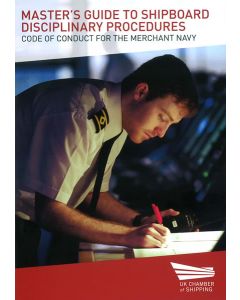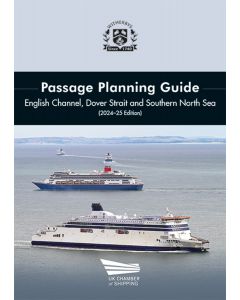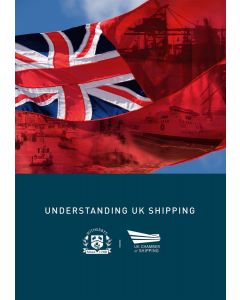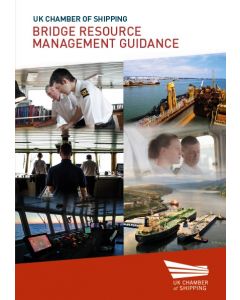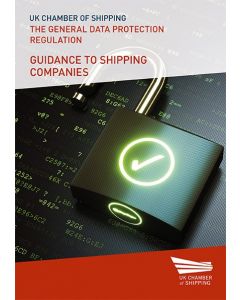Bridge Resource Management Guidance
- FREE Delivery to UK - Spend over £75
- FREE Delivery to Europe - Spend over £150
- Worldwide Delivery Available
SPECIAL ORDER ITEM - 1 WEEK DELAY
Bridge Resource Management Guidance is an operational handbook that explores what good bridge resource management looks like and details, for all types of vessel, techniques for effective and optimised bridge teams. It equips readers with the principles and practice necessary to avoid single point failures when executing a berth to berth voyage. Commonly encountered issues are highlighted and high level BRM principles illustrate the importance of an effective management strategy.
Product Details
Part Number: ICS0035
Edition: 2020
Printed and corrected to: No
ISBN: 9781856099554
Publisher: Witherbys
Language: English
Format: No
This publication explores both the human and technical resources available to the bridge team, ensuring safe completion of the ship’s voyage. Tools such as the PACE model explain how crew can address operational weaknesses while avoiding confrontation on board. Case studies offer practical examples of ineffective BRM and solutions for how to improve passage planning. Illustrations effectively explain manning levels and the navigator/co-navigator concept. To note, the book is purely guidance and must be used at the reader’s own discretion
What is Bridge Resource Management and the aim of this guidance?
Bridge Resource Management (BRM) is an operational philosophy, developed with the aim of avoiding single point failures in planning and executing a berth to berth voyage.
BRM was first established in the maritime industry in the early 1990s and has traditionally been defined as the most effective management tool in using all resources (human and technical), at the disposal of the bridge team, to ensure the safe completion of the ship’s voyage.
Whilst this is still true today, this guidance goes beyond that in emphasising the shift from the traditional focus on non-technical skills to passage plans with clear limits for intervention.
A passage plan with clear limits enables any team member to intervene during critical stages, thereby fulfilling the ultimate aim of BRM: avoiding single point failures.
In this sense, BRM can be seen as an operational philosophy that is assisted by:
Planning clear operational limits to facilitate timely interventions, through use of a shared mental model
a role based bridge organisation that makes effective use of the resources available to the bridge team and the pilot
effective communication, teamwork and leadership.
Why is it important?
There have been numerous incidents in the maritime industry that could have been prevented by improved management of the bridge team and investigations have found that communication and teamwork were key components to improving safety on board. This guidance seeks to highlight common issues and discuss the high level principles of BRM, and why it matters.
BRM focuses on principles that apply to all mariners and are based on the premise that humans are fallible and that incidents can be prevented with timely interventions.
This guidance complements the work already available by filling gaps in understanding and current procedures. It is not ‘best practice’, but seeks to standardise BRM principles, define roles and responsibilities and develop the navigator/co-navigator concept.

